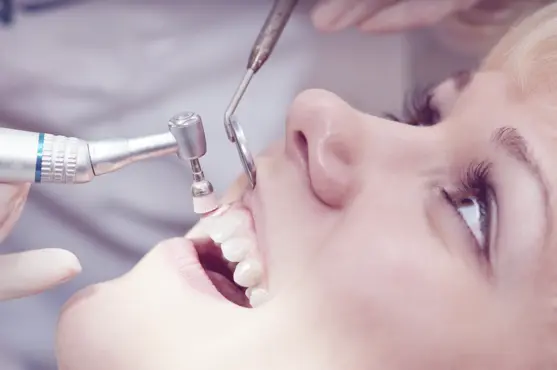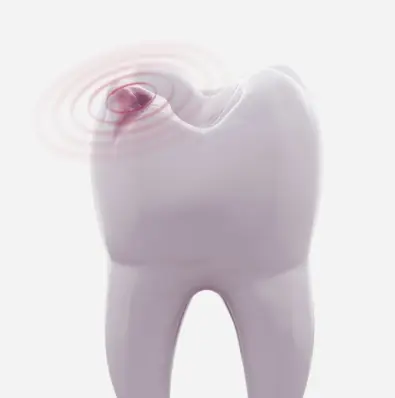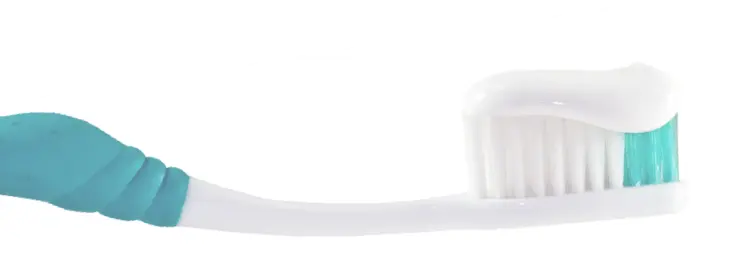Every six months, we recommend our patients visit Greenspoint Dental in Houston for routine teeth cleaning.
One of our friendly dental hygienists will conduct the teeth cleaning which can take anywhere from 30 minutes to one hour, depending on the condition of your teeth. Tiny metal tools are used to remove plaque deposits on the surface of your teeth and in hard-to-reach places between your teeth.
Throughout the plaque removal procedure, the dental hygienist will use a jet-stream of water to rinse off plaque particles. After the plaque is removed, the hygienist applies an anti-cavity, fluoride treatment to a tooth polisher to protect your teeth from dental caries and buff the tooth appearance.
After your dental cleaning, a dentist will perform the final inspection and evaluation of your teeth and gums. If your teeth are cavity-prone, the dentist may apply a thin sealant to your tooth surface which fills the crevices of healthy teeth, protecting them from future tooth infections.
If you’re looking for a reliable teeth cleaning service clinic in Houston, TX, get in touch with us. Call at (281) 823-9987 or book an appointment below.

If your tooth hurts, one reason for your tooth pain may be a neglected cavity. Dental caries is caused by acids in plaque that erode and decay the tooth enamel. Sometimes cavities manifest as gray spots in the teeth and other times, they are not visible by the naked eye. Consuming a lot of sugary foods and starchy foods may increase your risk of developing dental caries.
If you have a cavity, Dr. Bosse will remove the tooth decay and replace it with a filling material to match the natural appearance of your tooth color. This way, it blends in with the rest of your teeth.
Early detection of a tooth infection is the best method to prevent cavities from turning into crowns, root canals, or an extraction. Patients are provided options such as nitrous oxide and Novocain to make their treatment procedure as pain-free as possible.

In between teeth cleaning visits in Houston, we encourage patients to:
- Brush twice a day with ADA-accepted fluoride toothpaste.
- Floss once daily.
- Replace your toothbrush every three to four months when the bristles fray.
- Eat a balanced diet and limit sodas and snacks.

Cleanings
Why should I get dental cleaning?

Your teeth and gums require more than regular brushing and flossing to maintain their health and cleanliness. Professional dental cleaning is what they require. The procedure can not only give you a better smile, but it can also help prevent expensive dental procedures. You may not know much about procedures such as scaling, root planing, bone grafting, gum grafting, and tooth replacement, but they are expensive. Unclean and unhealthy teeth and gums often require people to get these procedures.
What is involved in the procedure?

You should expect a dental cleaning session to last 45 minutes or less. The process involves scraping off the plaque deposits and cleaning and polishing to get rid of bacterial biofilm. This film is removed both from between the teeth and on them. You should expect no pain or discomfort during the process. If we notice tooth decay, we may also consider fluoride treatment.
How often should I visit for my dental cleanings?

The ADA recommends that you should get your professional dental cleanings once every 6 months. If you have any dental problems, you should visit more often – get your cleanings twice every 6 months. Such conditions include periodontal disease and certain recurring oral conditions. It will be best if you gave us a call and go an oral health inspection to help us determine the optimal frequency for your dental cleanings.
Should I expect any pain during my dental cleanings?

You should not expect any pain or discomfort during your dental cleaning sessions. As the name suggests, it is all about cleaning your teeth. Our dentist will use a special cleaning tool on your teeth and this should give you a sensation of vibrations and pressure and nothing more. Our dentist will make every effort to keep the sensation of vibration to the minimum. If you find the vibrations causing any discomfort, let us know and we will take the right steps to minimize them.
Are there any post-cleaning recommendations?

Dental cleaning doesn’t just end with your professional session at our office. Everyone desires to keep their teeth clean and smile beautiful. We recommend that you brush your teeth at least twice every day and floss once a day or more. Make sure to rinse your mouth after taking any food or beverage. It is recommended to rinse with a mouthwash containing fluoride.
How many visits are required for completing the procedure?

Many of our clients require multiple visits to complete their single dental cleaning procedure. This happens when you have complex dental problems and advanced plaque or tartar build-up. For example, patients who have mild to moderate plaque/tartar buildup and show early signs of gingivitis should expect to get complete cleaning in a single session. More complex tartar build-up and later stages of periodontitis or gingivitis will require more than one cleaning session.
How frequently should I replace my toothbrush?

The ADA recommends that toothbrushes should be replaced every 3 to 4 months. You should change them every time you fall sick. However, duration is not the only factor for replacing your toothbrush. The type of brusher you are and the condition of the bristles should also be taken into account. If you notice the bristles have become frayed, you should not wait longer to replace the toothbrush.
What happens if I miss my periodic dental cleanings?

If you miss your periodic dental cleanings, you increase the risk of tooth decay, tooth loss, discoloration, periodontal disease, and many other dental problems. It will cause the build-up of harmful bacteria in your mouth. Many of these bacteria release certain chemicals that damage the dental enamel and cause inflammation in the gums. Regular dental cleanings go a long way in maintaining healthy oral health and preventing many diseases.
Should I do something before going for my dental cleanings?

In fact, there is a list of dos and don’ts before you visit our office for your dental cleaning session. Some of the most important ones include the following:
- Make sure to arrive a few minutes earlier. This will help you feel relaxed for the session.
- Avoid over-brushing before arriving. It can otherwise cause gum inflammation.
- Prepare all the questions you may have in your mind.
- If you have any anxiety or concerns before the session, make sure to let our staff know about them.
What if it’s been a long since I have been to a dentist?

We understand! Don’t worry, as our staff will make you feel at ease when you visit our office. We are always focused on helping our patients instead of judging them. You should expect an initial examination and potentially a digital X-ray to learn about your dental condition. Our dentist will then recommend a course of action based on your dental condition.
Schedule an Appointment with us